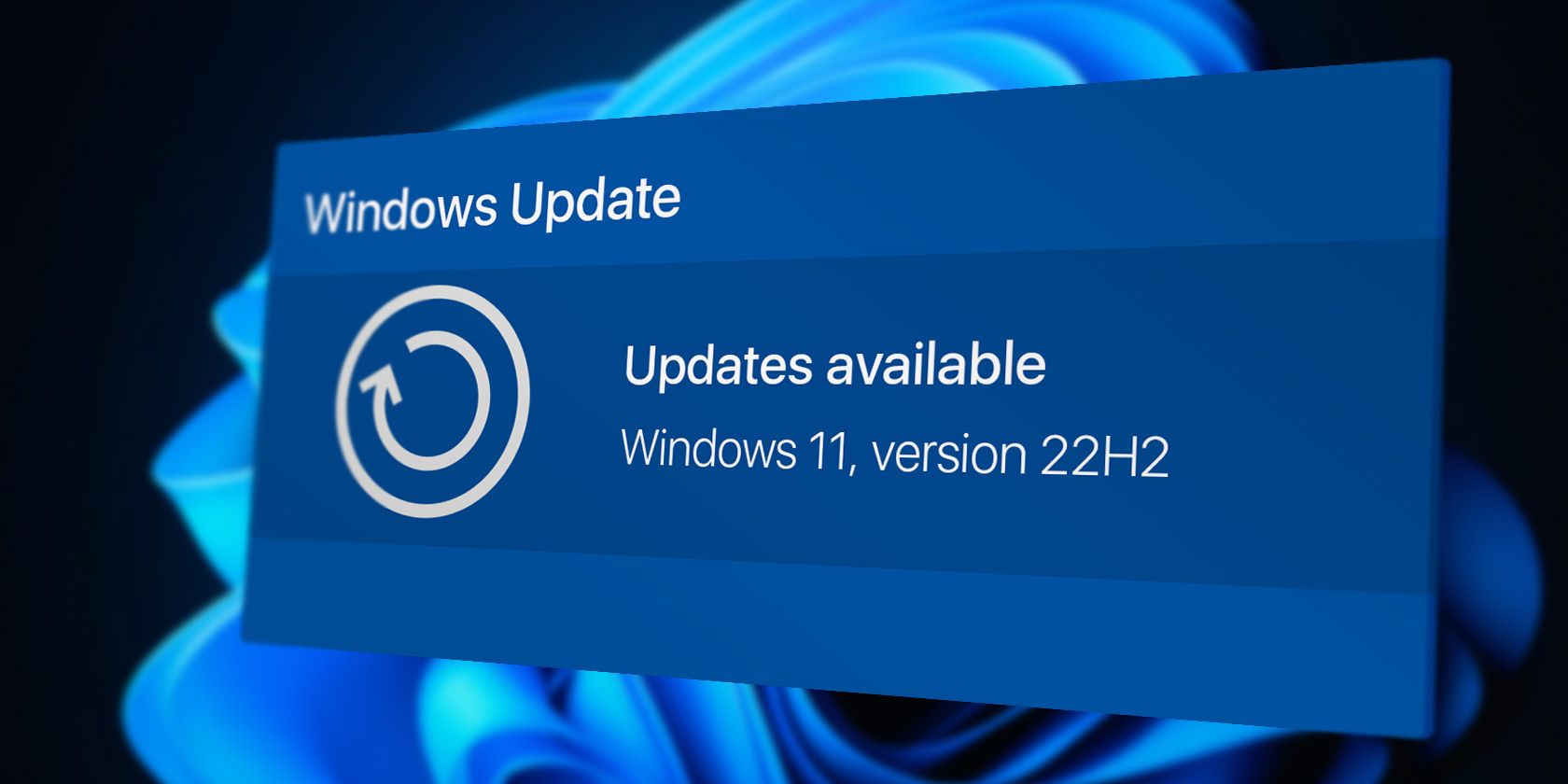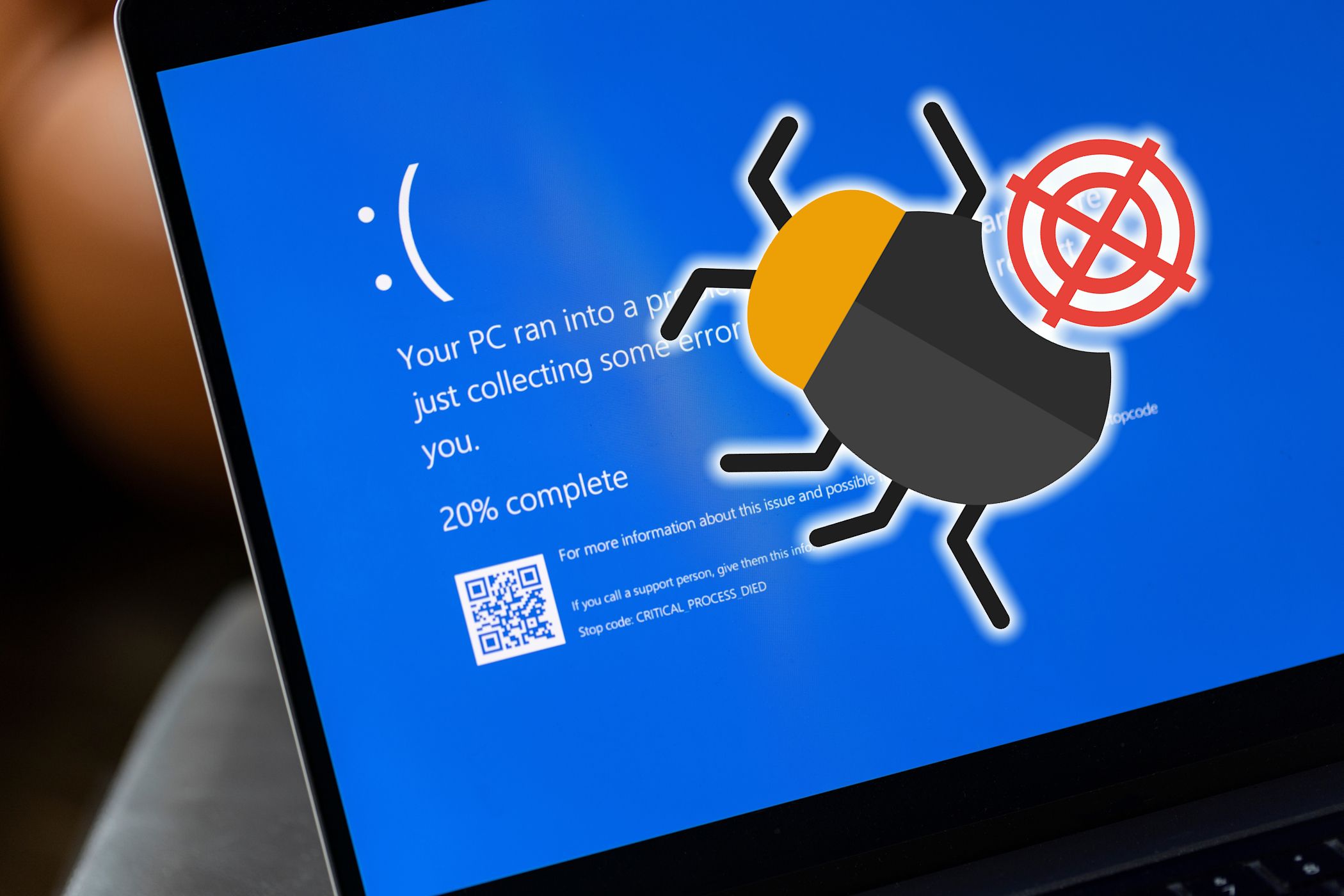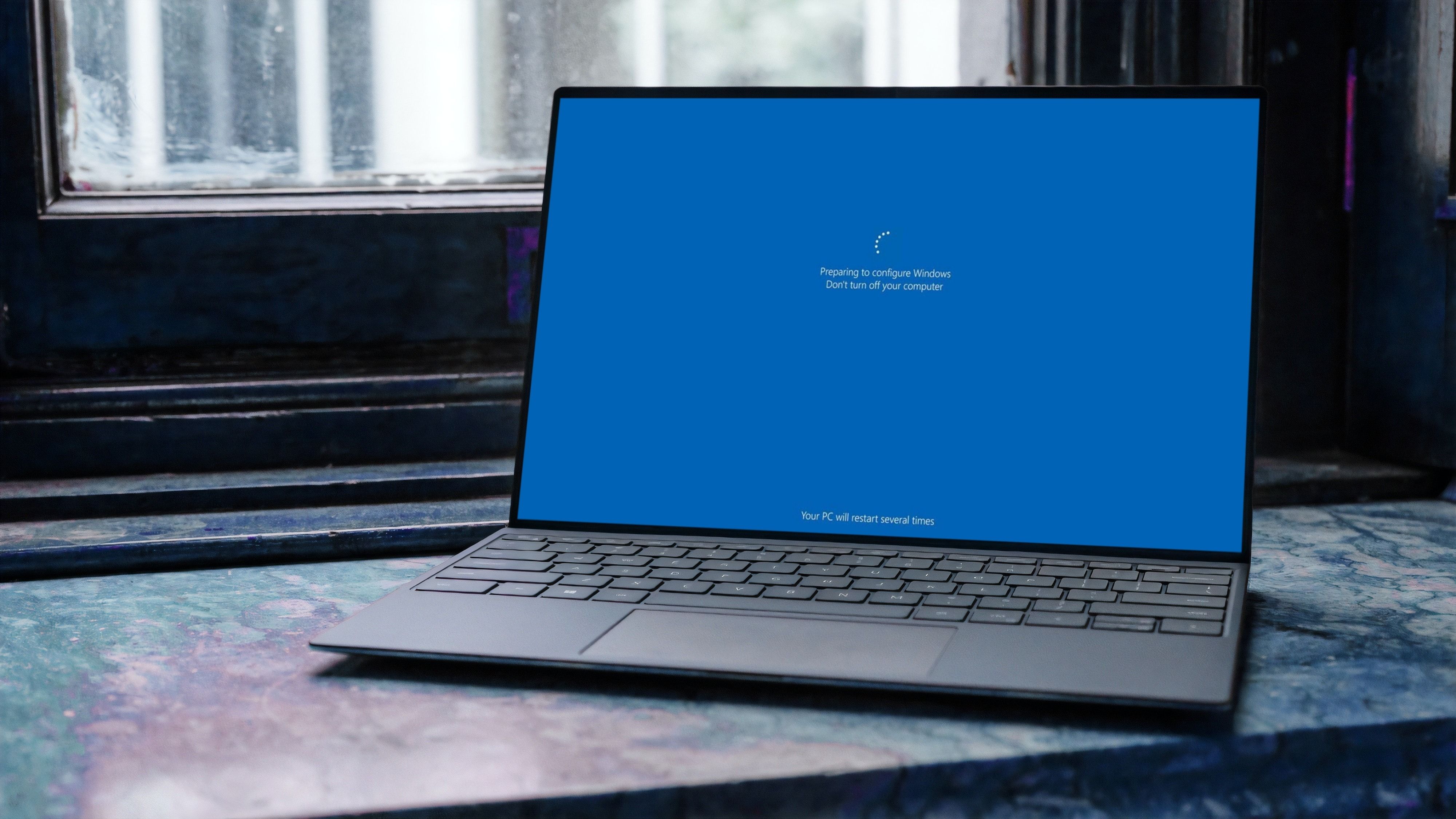Windows 11 often feels like a beta, its features constantly shifting. This isn’t a bug, mind you—it’s Microsoft’s new strategy of continuous iteration and evolution. But it’s not without some trade-offs.
The Evolutionary, Not Revolutionary Approach
Microsoft designed Windows 11 primarily as an evolution of Windows 10, sharing the same foundational code. This was a deliberate choice, allowing for a smoother upgrade path to Windows 11 compared to past radical OS shifts, especially for IT departments in organizations.
By building on a familiar foundation, Microsoft aimed for better user retention and easier enterprise adoption, making the “work-in-progress” a more palatable, gradual process rather than a jarring overhaul.
A key part of this evolution is a new pace of updates. Unlike Windows 10’s twice-yearly major updates, Windows 11 moved to a single, significant feature update annually. But it also introduced smaller, more frequent feature drops, enabling Microsoft to roll out new functionalities as soon as they are ready.
This allows Microsoft to evolve the user experience bit by bit—the operating system remains familiar while integrating modern aesthetics and functionality. For power users and casual adopters alike, this can mean a smoother learning curve and fewer disruptions to daily workflows.
That said, these piecemeal updates can also subtly fragment the community’s experience over time. People on the same annual version of Windows 11 might have different feature sets, potentially complicating support and the community’s shared understanding of the OS.
User Frustrations Along the Way
The gradual rollout of new functionalities is intended to allow for extensive real-world testing and user feedback. In this context, the “work-in-progress” maxim isn’t a bug; it’s a feature.
However, despite the theoretical elegance of an evolutionary approach, real users like us often bear the brunt of its growing pains. You might have experienced sporadic bugs, performance glitches, and occasional compatibility issues with legacy applications. These frustrations can lead to a perception that the system is unfinished or not fully optimized for everyday use. When you’re in the middle of an important task, those small yet persistent issues can disrupt productivity and test your patience.
Unlike traditional software releases that promise full, polished experiences from the outset, Windows 11’s strategy banks on releasing new builds and updates at a rapid pace—each one addressing previous shortcomings while occasionally introducing new quirks. For many, these challenges can be maddening. Imagine suddenly discovering that a feature you’ve grown accustomed to has been moved or outright changed. Or, worse, dealing with a minor compatibility hiccup that disrupts your entire workflow.
This trade-off seems like a damning flaw at first glance. But it’s also what keeps the operating system fresh and responsive to the needs of its user base. In a rapidly changing digital landscape, an OS that remains static risks quickly becoming obsolete. Windows 11’s iterative nature allows the platform to respond to emerging trends, security threats, and user feedback in near real time.
Moreover, the rapid cycle of fixes and improvements means that your frustrations can be met with swift responses—albeit not without some inconvenience at times.

Related
I Love Windows, but Can’t Ignore These 9 Huge Annoyances in Windows 11
Seriously, Microsoft?
Innovation versus Stability Trade-off
At the heart of Windows 11’s design philosophy is a continuous balancing act between pushing the envelope of innovation and ensuring core system stability. There’s a relentless drive to incorporate new features, improved security, and modern design aesthetics. On the other hand, there’s the equally important need to provide a rock-solid experience that users can depend on day in and day out.
This constant push-pull is no stranger to the tech industry. Innovation is rarely linear or without missteps. Your Windows 11 experience, too, is in a near-constant state of evolution. While this brings new experiences faster, like the recent integration of AI features with Microsoft Copilot, it also means the ground beneath your feet is always shifting.
The constant cycle of updates and patches can lead to a sense of never-ending change. For users who prioritize a stable, reliable environment—particularly in professional or enterprise settings—this can be a significant drawback.
This innovation-stability dilemma is not just technical but also perceptual, amplified by the diverse expectations within the massive amount of people that use Windows. What constitutes “stable enough” for a tech enthusiast is vastly different from the needs of a small business owner relying on an accounting app that must not break.
Embracing ‘Windows-as-a-Service’
The most radical shift in Microsoft’s approach with Windows 11 is the full embrace of the “Windows-as-a-Service” (WaaS) model. Traditionally, operating systems were released as static, monolithic packages, with periodic service packs or major revisions. Windows 11, however, functions as an evolving service—constantly updated, refined, and expanded.
This allows Microsoft to react swiftly to security vulnerabilities, performance issues, or even emerging trends that could shape future computing experiences. However, that constant state of flux can be jarring, with new features sometimes feeling shoehorned in. WaaS effectively transforms Windows into a dynamic platform for delivering and monetizing Microsoft’s broader ecosystem of services like Microsoft 365 and Copilot.
For many, embracing Windows-as-a-Service means shifting expectations. Rather than expecting a one-and-done, polished product at the time of purchase, one must now anticipate an evolving ecosystem. The continual cycle of updates, however, demands that we learn to adapt to periodic changes in workflows and interfaces.

Related
Windows Updates: What’s in the Name and Number?
Windows updates usually have some strange numbers and letters tacked onto the end, but they’re by no means randomly assigned.
So, if Windows 11 feels like it’s perpetually under construction, that’s because, in many ways, it is. This isn’t an accident or an oversight; it’s a deliberate strategic direction towards perpetual cycle of innovation, deeply embedded in the ‘Windows-as-a-Service’ model.
Whether you view the frequent updates as minor annoyances or as exciting opportunities to shape a living platform depends largely on your expectations as a user.









Leave a Comment
Your email address will not be published. Required fields are marked *